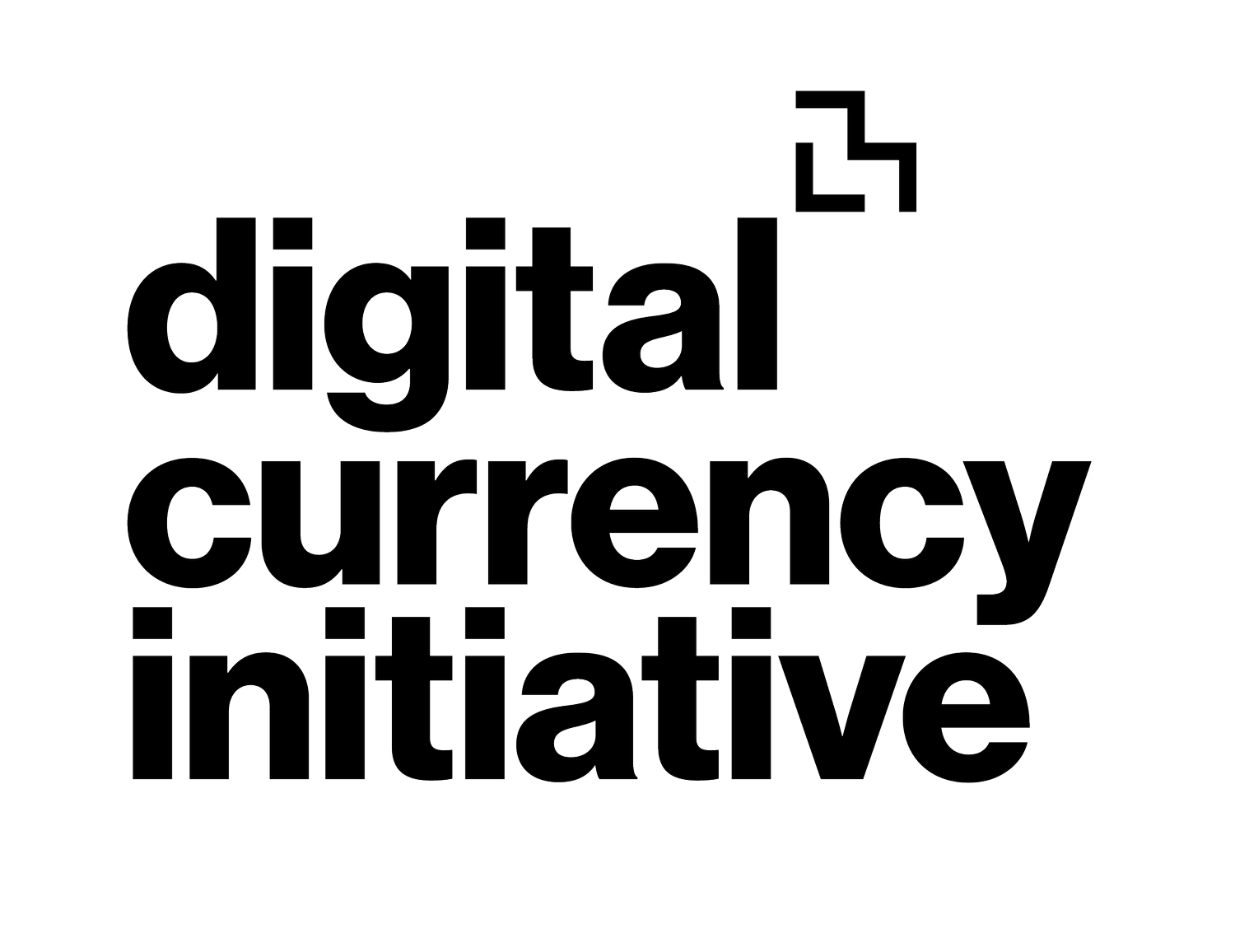The Blockchain Will Do to the Financial System What the Internet Did to Media
Published in the Harvard Business Review by Joichi Ito, Neha Narula, and Robleh Ali.
Even years into the deployment of the internet, many believed that it was still a fad. Of course, the internet has since become a major influence on our lives, from how we buy goods and services, to the ways we socialize with friends, to the Arab Spring, to the 2016 U.S. presidential election. Yet, in the 1990s, the mainstream press scoffed when Nicholas Negroponte predicted that most of us would soon be reading our news online rather than from a newspaper.
Fast forward two decades: Will we soon be seeing a similar impact from cryptocurrencies and blockchains? There are certainly many parallels. Like the internet, cryptocurrencies such as Bitcoin are driven by advances in core technologies along with a new, open architecture — the Bitcoin blockchain. Like the internet, this technology is designed to be decentralized, with “layers,” where each layer is defined by an interoperable open protocol on top of which companies, as well as individuals, can build products and services. Like the internet, in the early stages of development there are many competing technologies, so it’s important to specify which blockchain you’re talking about. And, like the internet, blockchain technology is strongest when everyone is using the same network, so in the future we might all be talking about “the” blockchain.
The internet and its layers took decades to develop, with each technical layer unlocking an explosion of creative and entrepreneurial activity. Early on, Ethernet standardized the way in which computers transmitted bits over wires, and companies such as 3Com were able to build empires on their network switching products. The TCP/IP protocol was used to address and control how packets of data were routed between computers. Cisco built products like network routers, capitalizing on that protocol, and by March 2000 Cisco was the most valuable company in the world. In 1989 Tim Berners-Lee developed HTTP, another open, permissionless protocol, and the web enabled businesses such as eBay, Google, and Amazon.
But here’s one major difference: The early internet was noncommercial, developed initially through defense funding and used primarily to connect research institutions and universities. It wasn’t designed to make money, but rather to develop the most robust and effective way to build a network. This initial lack of commercial players and interests was critical — it allowed the formation of a network architecture that shared resources in a way that would not have occurred in a market-driven system.
